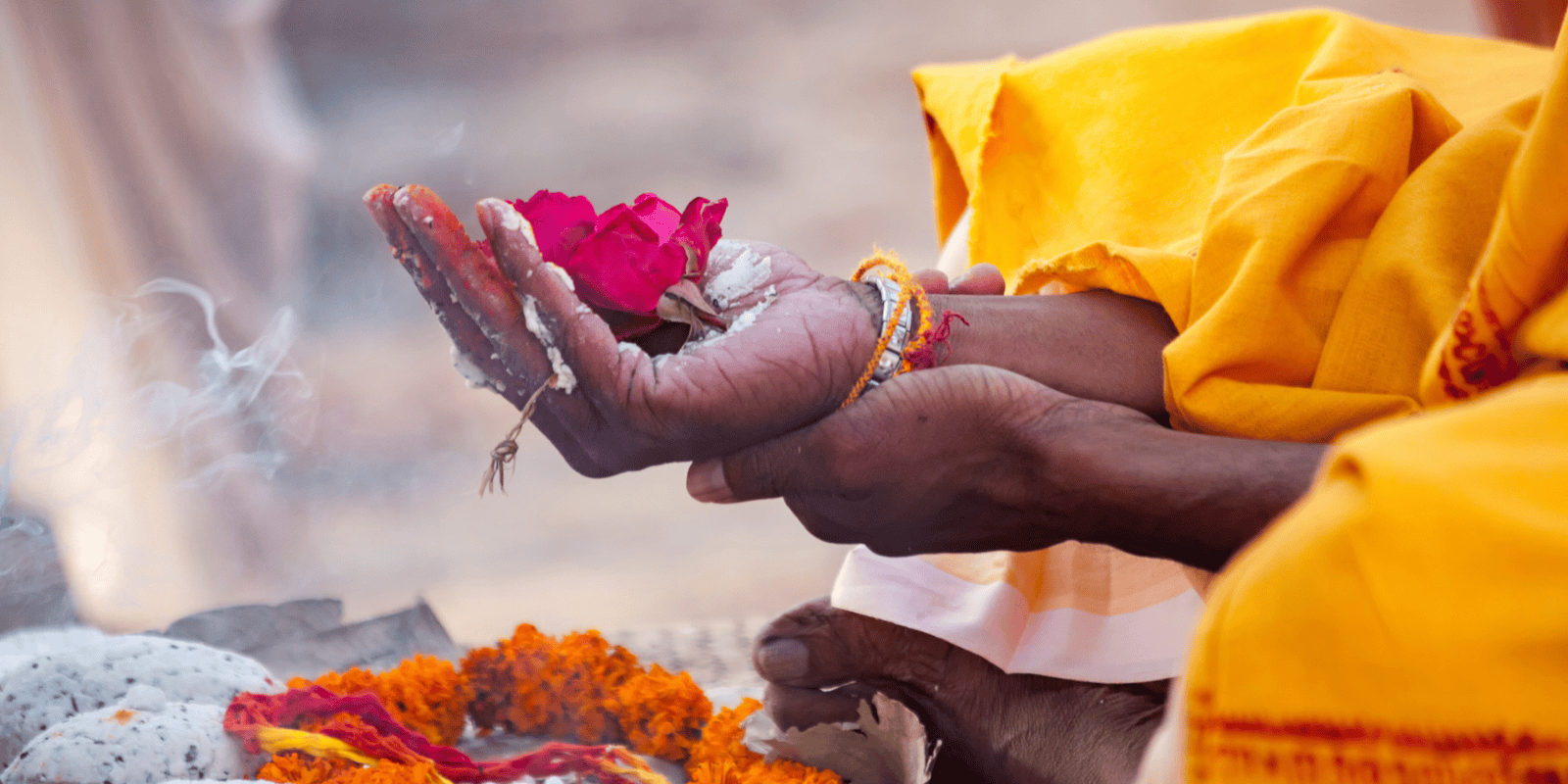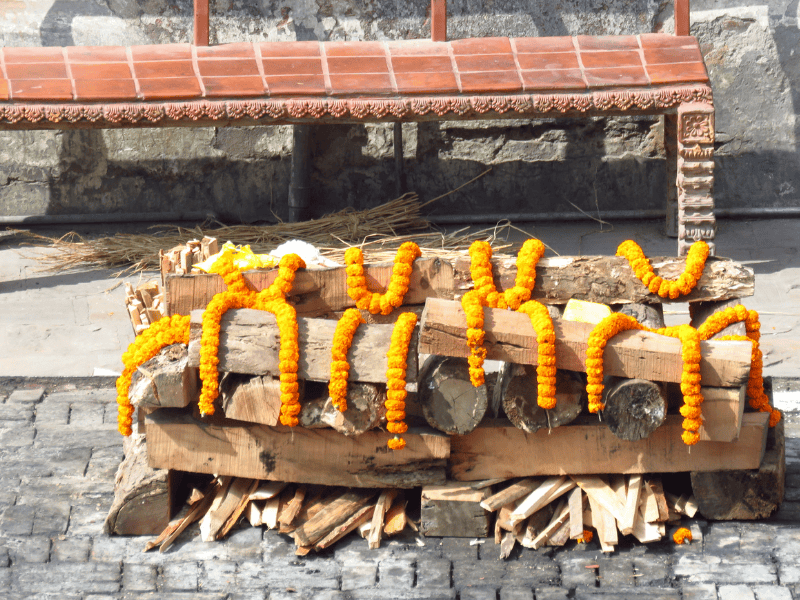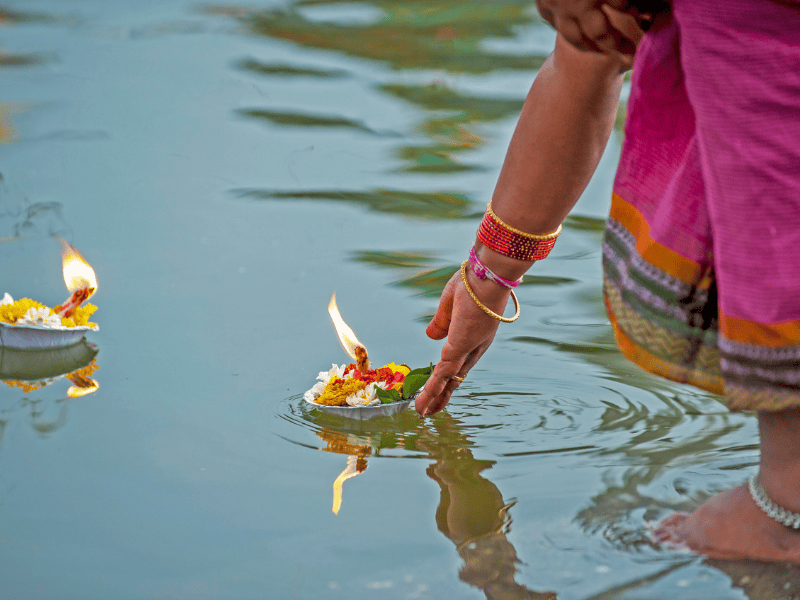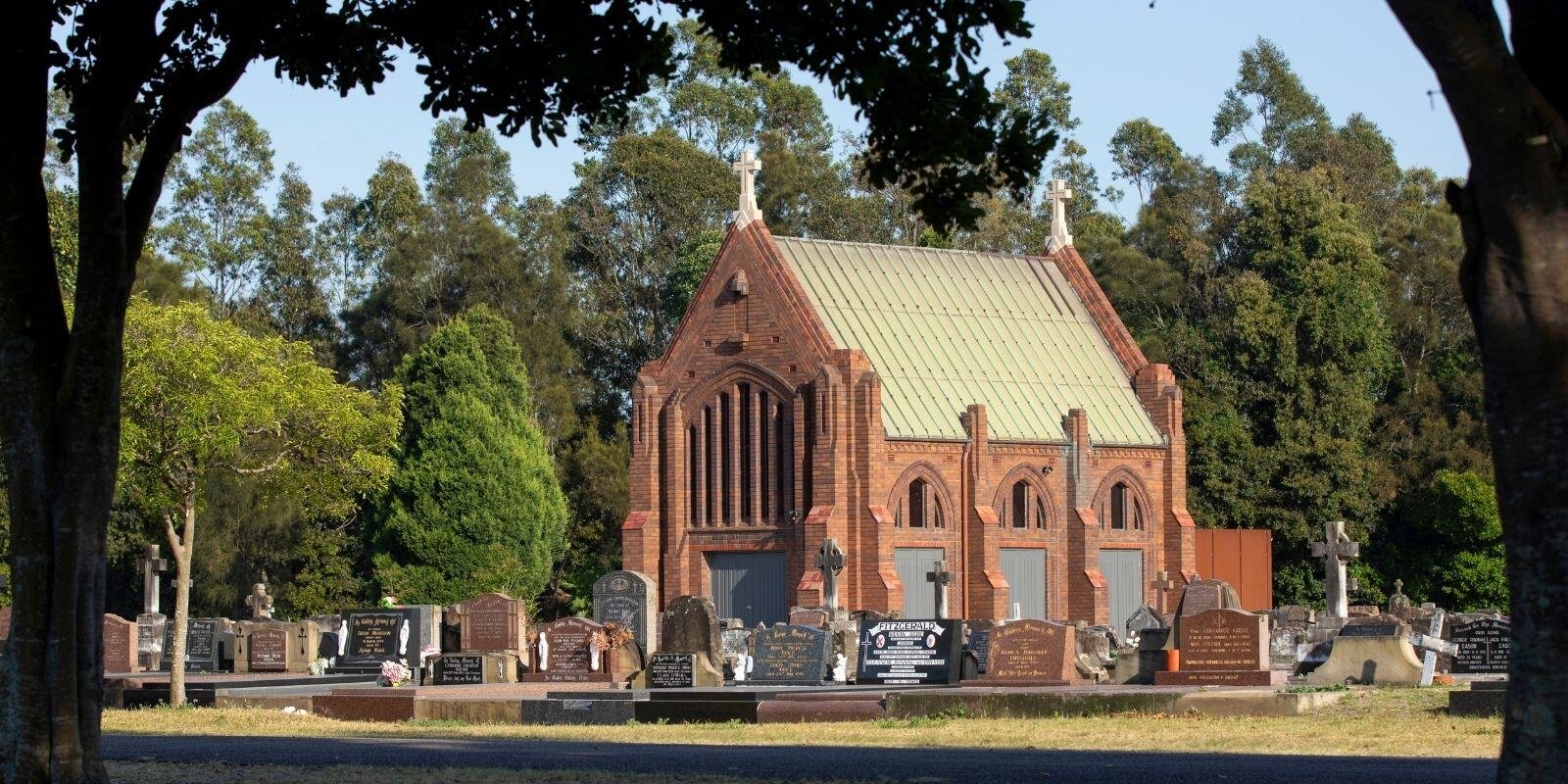
Hindu cultural conversations
Metropolitan Memorial Parks
30 March 2025
The Hindu community has a deep-rooted spiritual and cultural heritage, with temples and cultural centres serving as key spaces for religious gatherings and support.
In Hinduism, death is not the end but a transition. The soul (Atman) is considered eternal and indestructible, continuing its journey through reincarnation based on the individual’s karma (actions). The ultimate goal is moksha, liberation from the cycle of birth and rebirth.

Expressions of grief in Hindu culture
Hindu mourning practices focus on guiding the soul's journey after death. Public displays of grief may be restrained, with emphasis placed on rituals, prayers, and offerings. Common practices include:
-
Chanting mantras to aid the soul’s peaceful transition.
-
Lighting lamps and incense to create a sacred atmosphere and guide the soul.
-
Offering food and water to the deceased’s spirit.
-
Family support, immediate family members may bathe and dress the body as part of the preparation for cremation which is an essential aspect of Hindu funeral rites.
Image: Funeral pyre of wood adorned with marigold flowers for cremation of a dead loved one near the Bagmati River at the Hindu Pashupatinath Temple, Kathmandu, Nepal. Credit: The World Traveller.
Hindu end-of-life rituals
It's important to remember individual practices may vary within Hinduism depending on regional traditions and personal beliefs.
Pre-death preparation
Before passing, family members may perform prayers and mantras, offering water and sacred items to ease the soul’s transition.
Cremation practices
Cremation is generally conducted within 24 hours of death. The symbolic significance of fire - representing purification, transformation, and the soul’s release - is central to the ceremony.
It is not strictly required for loved ones to view the actual cremation process, but it is considered important for the immediate family. Viewing the cremation is a symbolic act allowing for closure and ensuring the final rites are properly performed.
Sacred fire rituals
A sacred fire is lit during the cremation ceremony, often initiated by the deceased’s eldest son or a close male relative. The fire is traditionally kindled with a flame from a household or temple to symbolise continuity and the eternal nature of the soul.
Ritual purification
Family members may undergo baths to spiritually cleanse themselves after the cremation ceremony. Water offerings are made to the deceased during funeral rites.
Home rituals
The body is traditionally kept at home until cremation. Rituals such as bathing the body and dressing it in white are significant acts performed by family members.
Shraddha ceremony
Held ten or eleven days after death, the Shraddha ceremony is a ritual where family members honour the deceased and their ancestors.
Scattering of ashes on water
Following cremation, the ashes are traditionally scattered in a sacred body of water such as a river. While the Ganges River in India is the most revered site families living outside India choose local water bodies.

Water and symbolism
Water is symbolically important as it constitutes 70% of the planet and 70% of the human body. In Hindu belief, scattering ashes in water not only signifies the release of the departed's soul into the world but also represents the cycle of life, death, and rebirth.
Water is seen as a purifier and a carrier that helps guide the soul toward reincarnation and liberation (moksha). This ritual connects the departed with the ongoing flow of life.
Hindu mourning period
A mourning period of 10-30 days is observed where the family conducts and participates in rituals to support the deceased's soul. The first anniversary is also commemorated.
Core Hindu beliefs
-
Karma: The law of cause and effect governing future rebirths.
-
Samsara: The continuous cycle of birth, death, and rebirth.
-
Moksha: The ultimate liberation from the cycle of reincarnation.
-
Atman: The eternal soul, distinct from the physical body.
Major Hindu Goddesses
|
Lakshmi - The Goddess of Wealth and Prosperity. Lakshmi is the consort of Vishnu and represents wealth, prosperity, and beauty. She is often depicted sitting on a lotus flower, with gold coins flowing from her hands. |
 |
|
Saraswati - The Goddess of Knowledge and Arts Saraswati, the consort of Brahma, is the goddess of learning, music, arts, and wisdom. She is typically shown with a veena (a musical instrument) and books, symbolising knowledge. |
 |
|
Durga - The Warrior Goddess Durga is a fierce goddess who represents power and the destruction of evil. She is often depicted riding a lion or tiger, holding various weapons in her many arms. Durga is worshipped during the festival of Navaratri. |
 |
|
Parvati - The Goddess of Love and Devotion Parvati, the wife of Shiva, represents love, fertility, and devotion. She is the mother of Ganesha and Kartikeya and is worshipped for her nurturing and compassionate nature. |
 |
|
Kali - The Goddess of Time and Death Kali is a fierce and powerful form of Parvati, representing time, change, and destruction. She is often depicted with a garland of skulls and a sword, symbolising the destruction of ignorance and ego. |
 |
Major Hindu Gods
|
Brahma - The Creator Brahma is considered the creator of the universe and all beings. He is often depicted with four heads, symbolising the four Vedas (the sacred texts of Hinduism) and the creation of knowledge. |
 |
|
Vishnu - The Preserver (operator) Vishnu is responsible for maintaining balance in the universe and preserving life. He is often depicted with a conch shell, lotus, mace, and discus. Vishnu is known for his incarnations (avatars), the most famous being Rama and Krishna. |
 |
|
Shiva - The Destroyer and Transformer Shiva represents destruction and transformation, a necessary part of the cycle of creation. He is often depicted meditating, with a trident and a snake around his neck. His consort is Parvati, and together, they have two sons: Ganesha and Kartikeya |
 |
|
Ganesha - The Remover of Obstacles Ganesha, the elephant-headed god, is widely revered as the remover of obstacles and the god of beginnings and wisdom. He is often worshipped before starting new ventures |
 |
|
Rama - The Ideal King Rama, an incarnation of Vishnu, is the hero of the epic Ramayana. He is revered for his sense of duty, righteousness, and dedication to dharma (moral order). |
 |
|
Krishna - The Divine Lover and Teacher Krishna is another incarnation of Vishnu, celebrated for his role in the Mahabharata and the Bhagavad Gita. He represents love, joy, and wisdom and is also known for his playful and mischievous nature in his youth. |
 |
|
Hanuman - The Monkey God and Devotee of Rama Hanuman is a symbol of devotion, strength, and perseverance. He is a central figure in the Ramayana, known for his loyalty and unshakeable faith in Rama |
 |
Learn more about cultural funeral traditions
For more information on cultural end-of-life customs and memorial options, visit our Cultural Corner Resource Hub.







-1.jpg?width=1600&name=Banner%20(7)-1.jpg)







.jpg?width=1600&name=RGC%20Gallery%20(3).jpg)




.jpg?width=2000&name=Copy%20of%20MMP%20Website%20Header%20Image%20Template%20(1).jpg)
.jpg?width=1600&name=WMP%20Wonderfully%20Made%20Memorial%20(1).jpg)

.jpg?width=2000&name=Copy%20of%20MMP%20Website%20Header%20Image%20Template%20(2).jpg)

.jpg?width=800&name=Untitled%20design%20(56).jpg)











